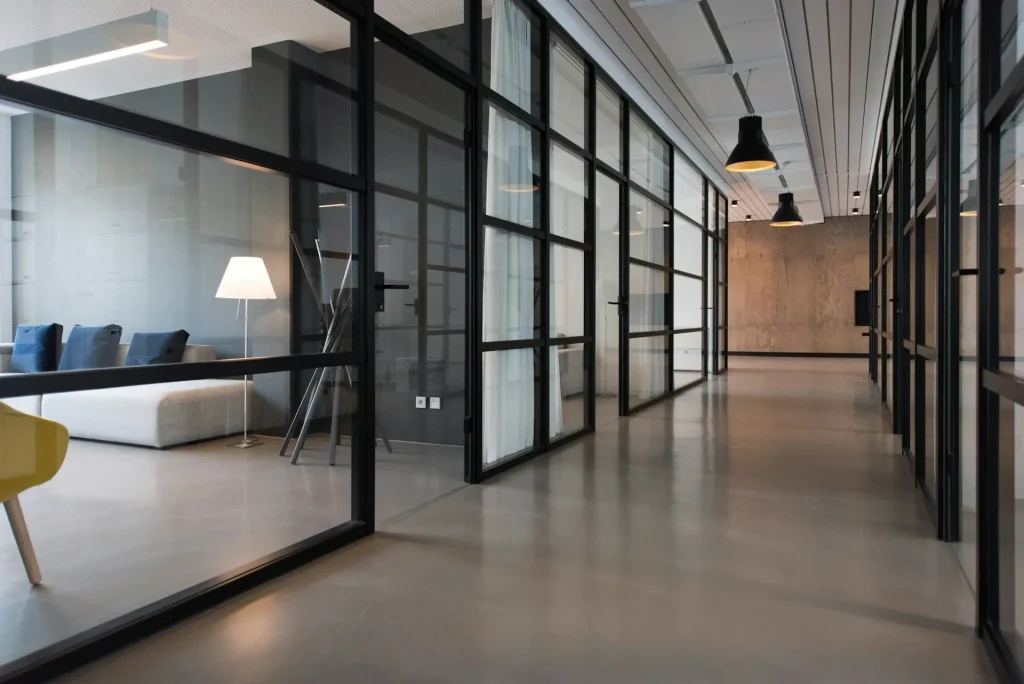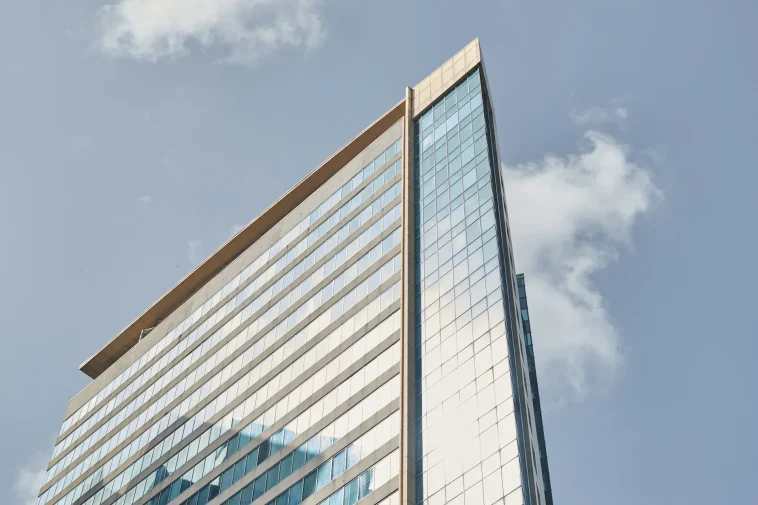When planning or managing a commercial building, it’s easy to focus on the big-ticket items such as structural design, HVAC systems, and security. However, there are numerous smaller details that, if overlooked, can affect the functionality, comfort, and efficiency of the space. These small but important elements can improve the experience of both employees and clients, enhance the building’s aesthetics, and even contribute to its long-term sustainability. Here are some key details that you might have forgotten to consider for your commercial building:
1. Door Hardware and Access Points
While doors themselves are often considered, the small details of door hardware—such as handles, locks, and automatic closures—can have a significant impact. Shop internal door handles with doorcontrolsdirect.co.uk and opt for durable, high-quality door handles and locks that match the style and security needs of your building. For example, brass handles not only provide durability but also offer antimicrobial properties, which can be especially useful in high-traffic areas.
Automatic doors or motion-sensor systems at main entrances are also a practical feature that adds convenience and accessibility for clients or employees carrying large items. Don’t forget about including robust locks or keyless entry systems on office doors for better security and ease of access.
2. Wayfinding and Signage
Clear and intuitive wayfinding is essential for any commercial building, yet it’s often an afterthought. Having effective directional signs that guide people through your building can improve navigation, reduce frustration, and enhance the visitor experience. Signs for restrooms, exits, fire safety routes, and key rooms like conference areas or reception should be strategically placed and easy to read.
Custom-branded signage not only helps with navigation but can also reinforce the company’s identity. Consider illuminated or backlit signs for better visibility in low-light areas or during emergencies.
3. Power Outlets and Charging Stations
The placement and quantity of power outlets are often overlooked until it’s too late. In a commercial setting where electronic devices are essential, having enough outlets in the right places is crucial. Ensure that common areas, offices, and meeting rooms are equipped with ample outlets for computers, phones, and other devices. It’s also a good idea to integrate USB ports into some outlets for easy phone and tablet charging.
In high-traffic areas, such as lounges or waiting rooms, consider installing charging stations with both electrical outlets and USB ports. This small convenience can make a big difference for employees and visitors.
4. Acoustics and Noise Control
Sound management is an often overlooked aspect of commercial building design. Poor acoustics can lead to noisy, distracting environments, especially in open-plan offices or high-traffic areas. Consider adding soundproofing elements, such as acoustic panels, carpets, or soft furnishings, to help absorb noise and reduce echo.
In meeting rooms or conference spaces, proper acoustic insulation is vital to ensure privacy and to prevent sound from carrying into other areas. Adding noise-reducing materials in these areas can create a quieter, more comfortable environment conducive to work and concentration.

5. Lighting Design
While most buildings include basic lighting, it’s important to consider how lighting affects both productivity and ambiance. Natural light is essential for creating a welcoming and healthy workspace, so ensure that windows are maximized to allow sunlight in. In areas where natural light is limited, opt for high-quality LED lighting that mimics daylight and reduces energy consumption.
Additionally, incorporating dimmable lighting or motion sensors can provide flexibility for different activities and conserve energy. In hallways, staircases, and restrooms, motion-activated lights offer convenience and cost savings.

6. Flooring Materials
Flooring is an element that endures heavy use but is often overlooked. Choosing the right flooring for different areas of your building is crucial. In high-traffic areas like lobbies or corridors, durable materials such as stone or polished concrete are excellent choices for longevity and easy maintenance. In office spaces, consider using carpet tiles for better noise reduction and the ability to replace individual tiles if damaged.
Slip-resistant flooring should be installed in restrooms, kitchens, or any area prone to spills. This not only improves safety but also ensures that your building complies with health and safety regulations.
7. Restroom Features
Restrooms are a key part of any commercial building, but their design is often overlooked. Consider installing motion-sensor taps and hand dryers for convenience and hygiene, as well as to conserve water and energy. High-quality, durable fixtures will require less maintenance and last longer, reducing costs over time.
Adding subtle touches like good-quality soap dispensers, air fresheners, and mirrors can also enhance the overall user experience. Don’t forget about accessibility—ensure that restrooms are fully compliant with accessibility standards and include features such as grab bars and low sinks.
Conclusion
The small details in your commercial building can have a large impact on comfort, functionality, and overall user satisfaction. By addressing aspects such as door hardware, signage, power outlets, acoustics, lighting, flooring, and restroom features, you can create a more efficient, comfortable, and professional environment. These considerations not only improve the daily experience of employees and visitors but also contribute to the building’s long-term value and appeal.




